The world’s oceans and freshwater systems harbor a multitude of fish species that face critical endangerment. Human activities have led many of these species to the brink of extinction. However, efforts in conservation and the establishment of protected waters are showing promising signs. This article highlights some of these critically endangered fish species that are making a comeback in their natural habitats.
Atlantic Bluefin Tuna
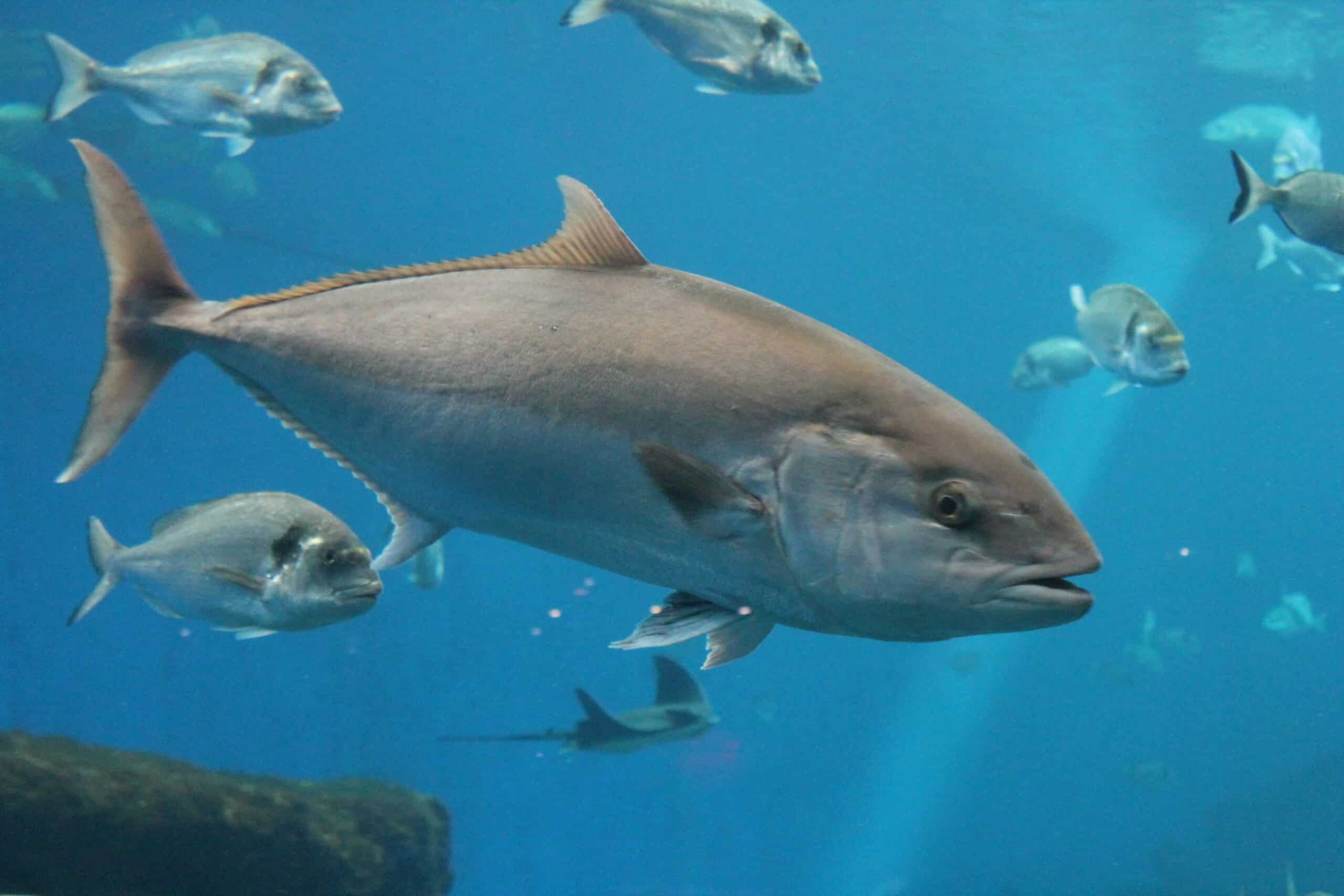
The Atlantic Bluefin Tuna is known for its immense size and speed. Found in the Atlantic Ocean and the Mediterranean Sea, this fish has been severely overfished for decades. Conservation efforts, including stricter fishing regulations and the creation of marine protected areas, have been crucial. These measures have helped the species to start showing signs of recovery. Increased awareness and international cooperation continue to play vital roles in its resurgence. Recovery efforts focus on habitat protection and sustainable fishing practices. Marine protected areas provide a safe haven for breeding and growth.
Giant Sea Bass

Giant Sea Bass, a massive predator of the Pacific Ocean, faced near extinction due to overfishing. This species can grow over 7 feet long and weigh up to 500 pounds. Conservation programs and protected marine zones have helped stabilize its numbers. Recovery signs are now evident in the coastal waters of California and Mexico. Fishing restrictions have also played a key role in this positive trend. Fishing regulations, such as size and catch limits, are strictly enforced. Research and monitoring are ongoing to ensure these measures are effective.
Nassau Grouper
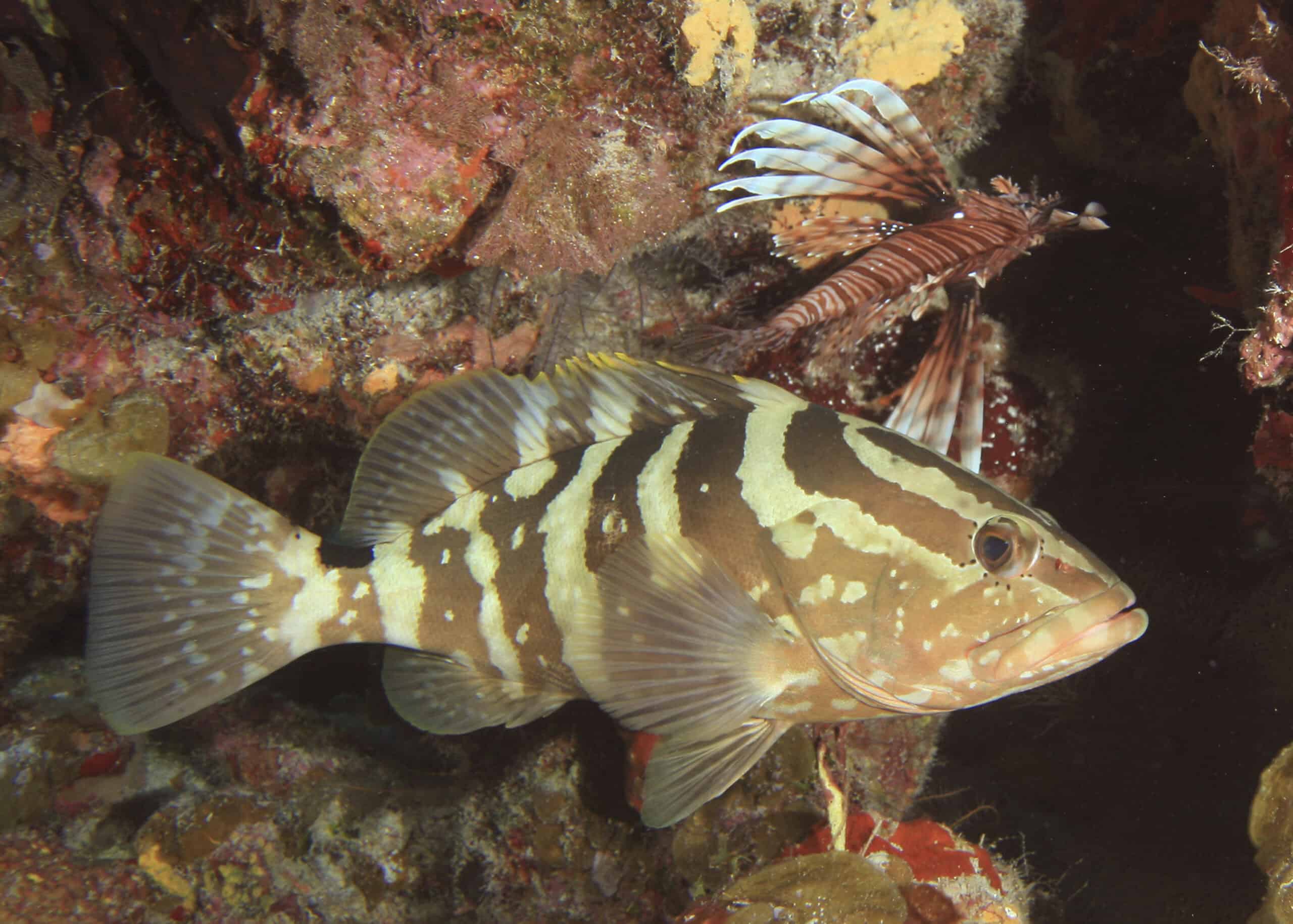
The Nassau Grouper, a vital reef predator, has suffered dramatic population declines. Found primarily in the Caribbean, it is crucial for maintaining the health of coral reefs. Overfishing and habitat loss have pushed this species to critical endangerment. Marine protected areas and fishing restrictions are key recovery tools. Signs of population recovery are now being observed in several Caribbean locations.
Southern Bluefin Tuna
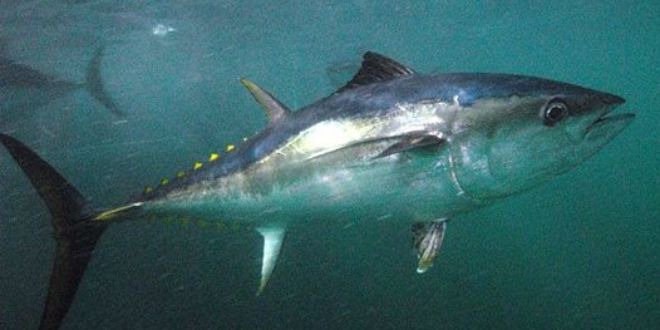
Southern Bluefin Tuna is prized for its high-quality meat, leading to severe overfishing. This species migrates across the southern hemisphere’s oceans. Strict international fishing quotas and marine protected areas are helping its recovery. Improved management practices are now showing positive results. Population increases have been noted in areas like the Great Australian Bight.
European Sturgeon

The European Sturgeon, one of the world’s oldest fish species, has faced significant declines. Habitat loss and overfishing have driven it to the edge of extinction. Conservation efforts in protected waters are aiding its recovery. Reintroduction programs and habitat restoration are showing success. Populations are now slowly increasing in rivers like the Danube.
Chinese Paddlefish
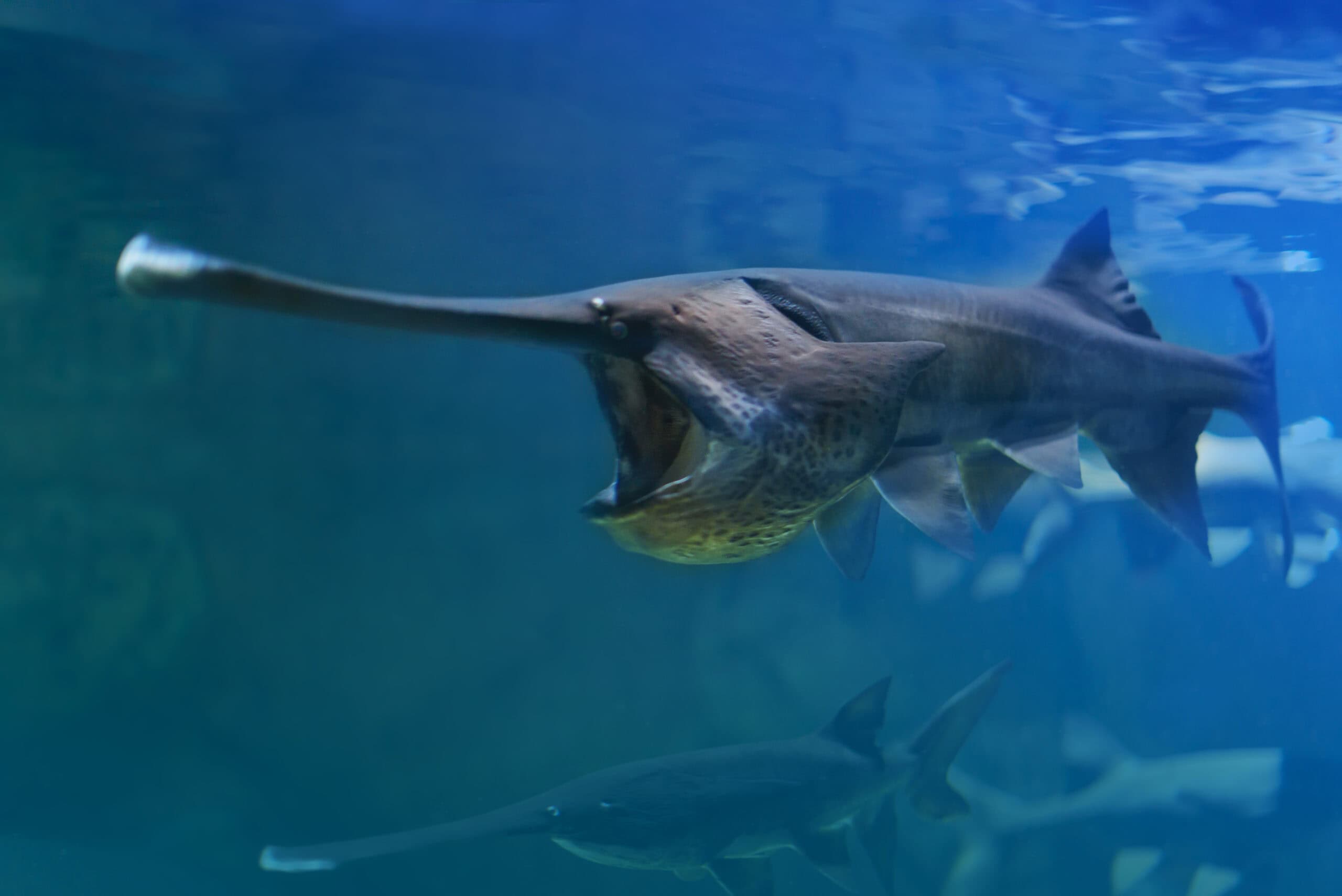
The Chinese Paddlefish, native to the Yangtze River, is critically endangered due to habitat loss and overfishing. Conservation efforts have focused on protecting its remaining habitats. The establishment of nature reserves and fishing bans are key measures. Early signs of recovery are being reported in some protected areas. These efforts are crucial for the species’ survival.
Adriatic Sturgeon
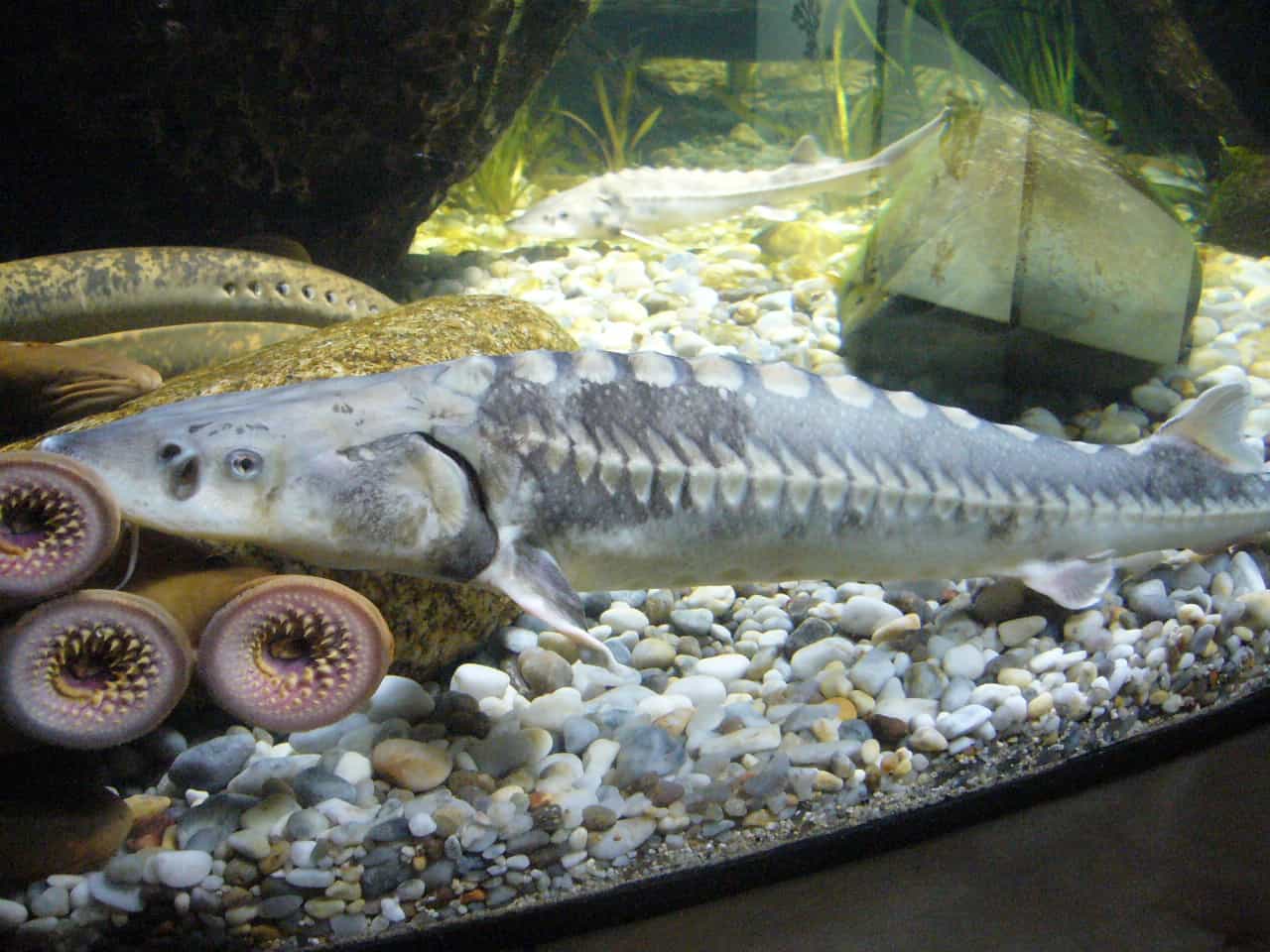
The Adriatic Sturgeon, found in the Adriatic Sea and its tributaries, is critically endangered. Overfishing and habitat degradation have caused significant population declines. Conservation programs in protected waters are showing positive signs. Efforts include habitat restoration and breeding programs. Population increases are now being observed in some areas.
Humphead Wrasse
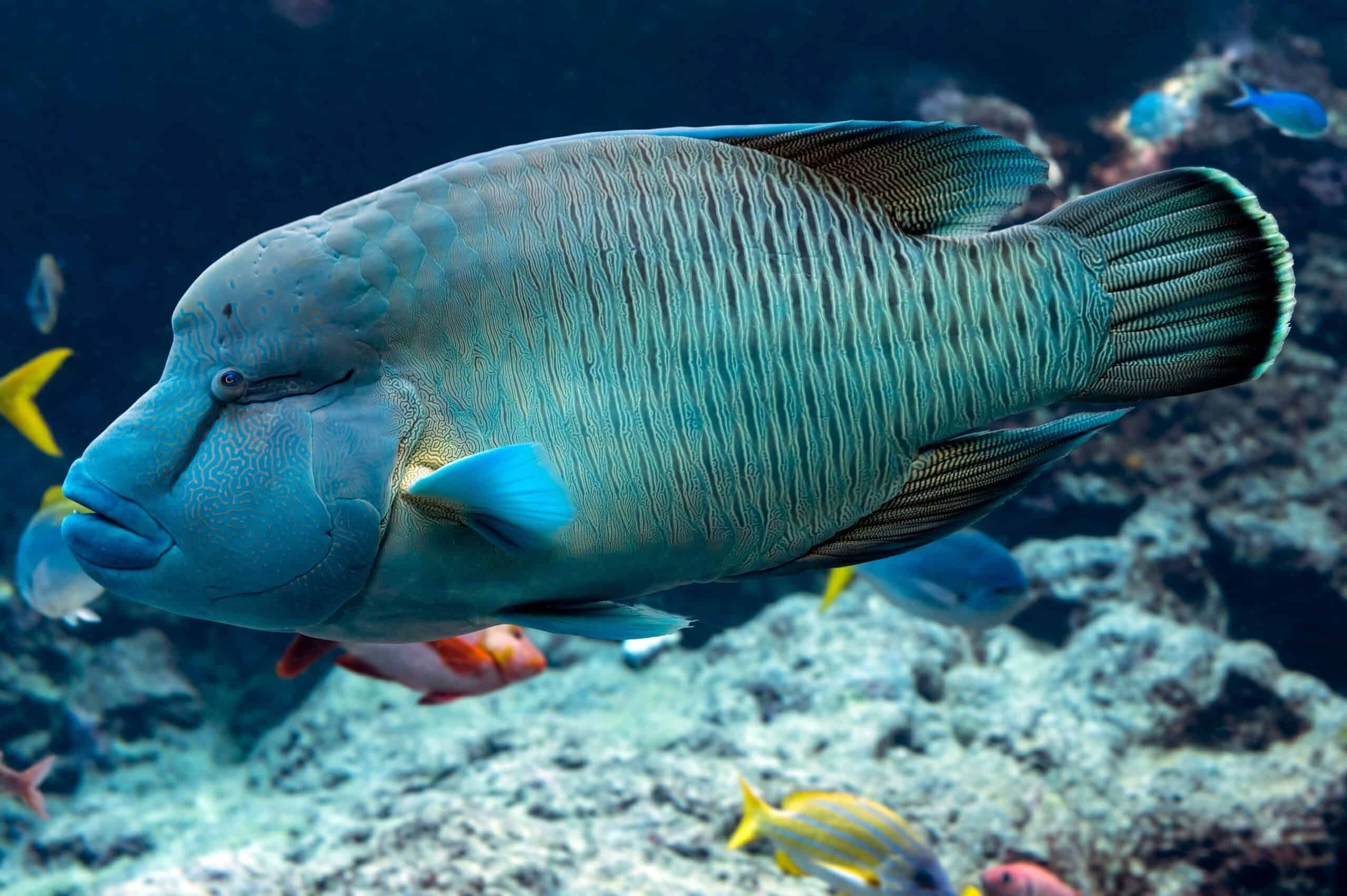
The Humphead Wrasse, a large reef fish, is critically endangered due to overfishing and habitat loss. Found in the Indo-Pacific region, it plays a crucial role in coral reef ecosystems. Conservation efforts, including marine protected areas and fishing restrictions, are helping its recovery. Population increases have been noted in several protected regions. These measures are vital for the species’ survival.
Smalltooth Sawfish
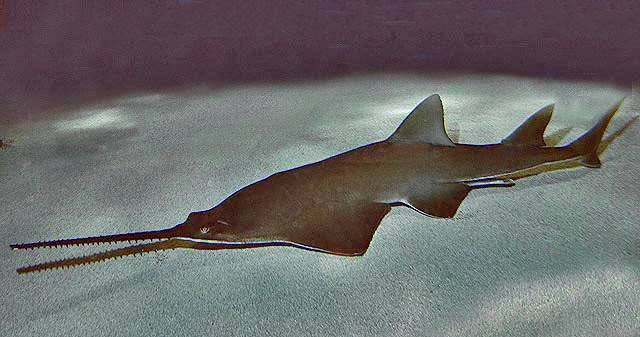
Smalltooth Sawfish, characterized by its long, saw-like snout, is critically endangered. Habitat loss and bycatch have drastically reduced its numbers. Conservation efforts in protected waters are showing positive signs. Marine protected areas and fishing restrictions are key measures. Ongoing research supports these initiatives by monitoring recovery progress. The combined actions of various stakeholders offer hope for the Smalltooth Sawfish’s future.
Angelshark
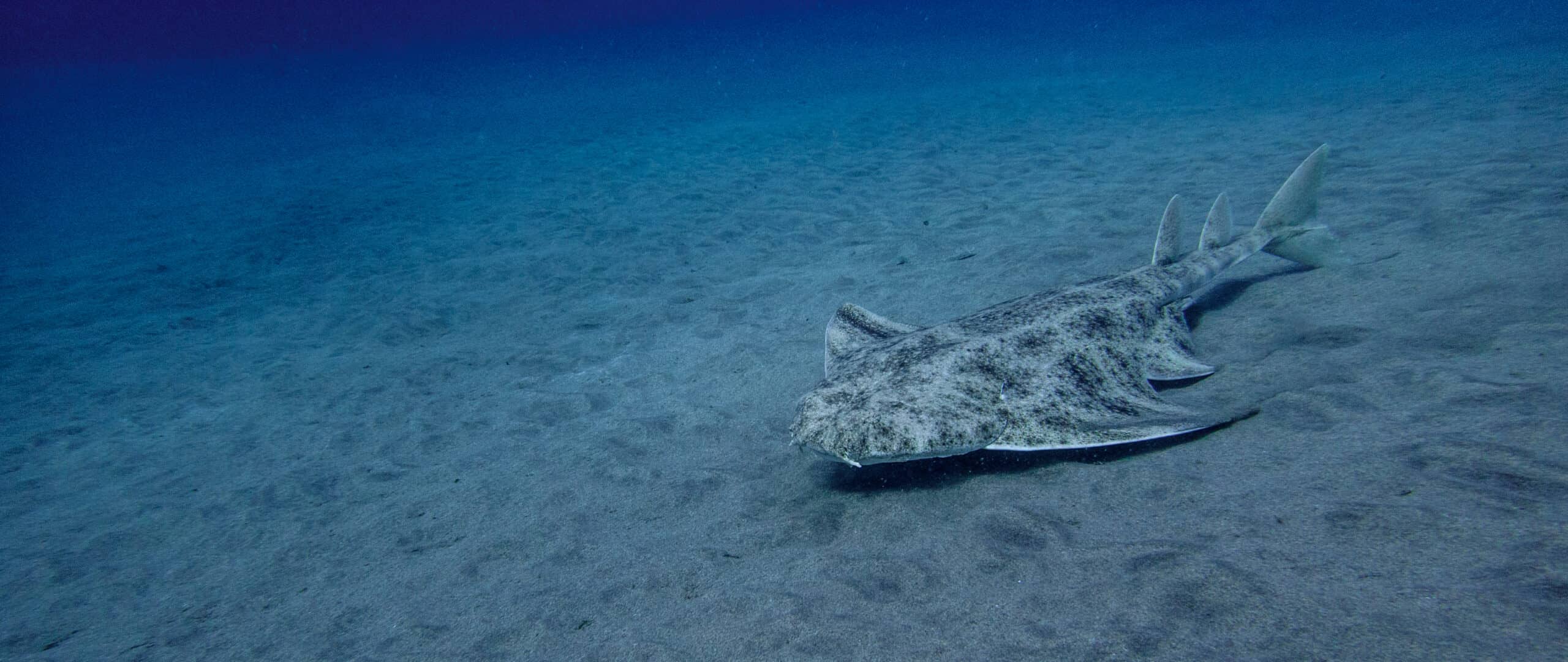
The Angelshark, known for its flattened body and wide pectoral fins, is critically endangered. Found in the coastal waters of Europe, it has faced severe population declines due to habitat loss and fishing. Marine protected areas are crucial for its recovery. These zones provide safe habitats where Angelsharks can breed and thrive. Early signs of population stabilization are now evident in some protected regions.
Goliath Grouper
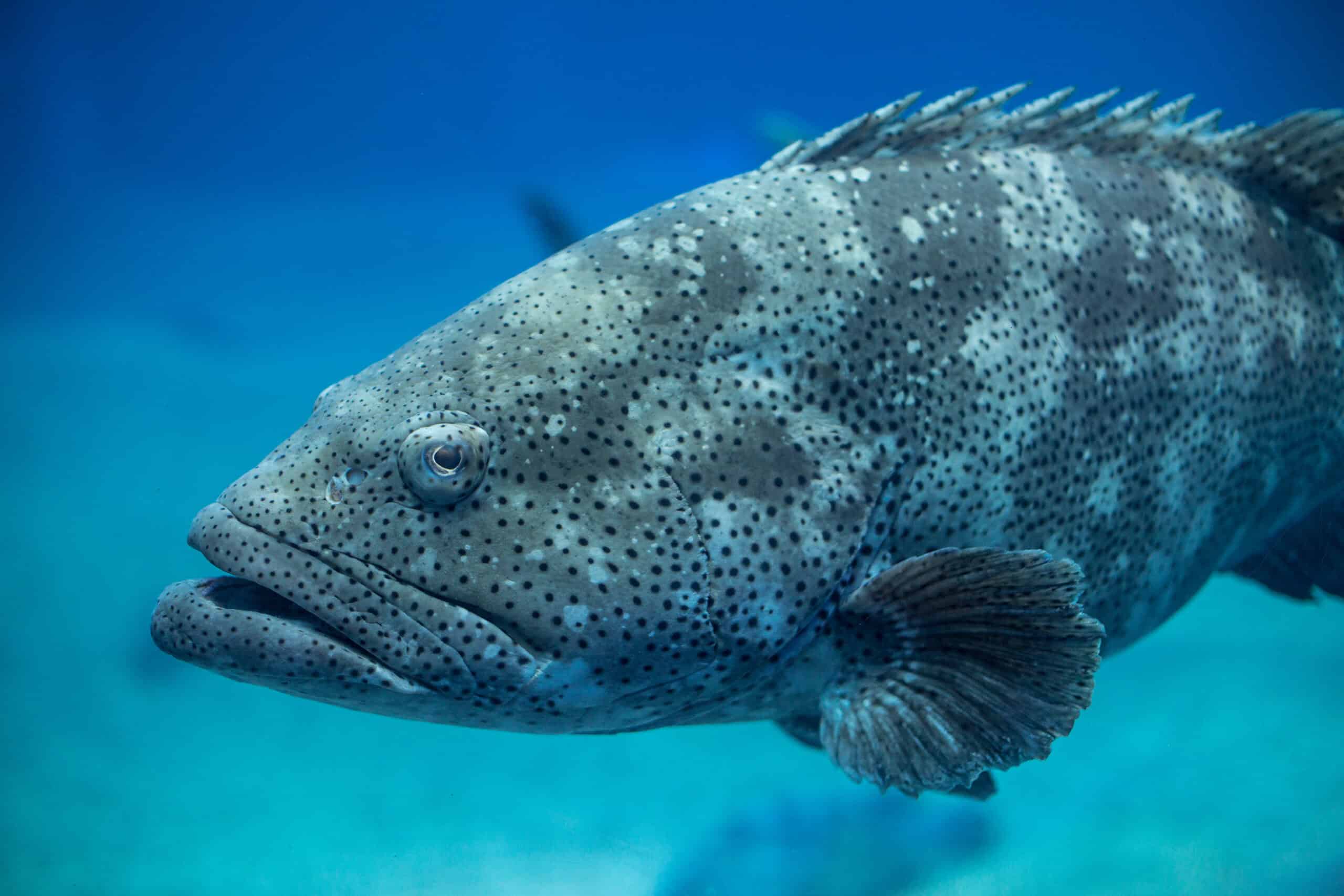
Goliath Grouper, a giant of the reef, has suffered from overfishing and habitat loss. This massive fish can grow up to 8 feet long and weigh over 800 pounds. Conservation measures in marine protected areas are aiding its recovery. These areas provide critical habitats where the fish can grow and reproduce safely. Population increases are now being observed in places like Florida and the Caribbean.
Russian Sturgeon
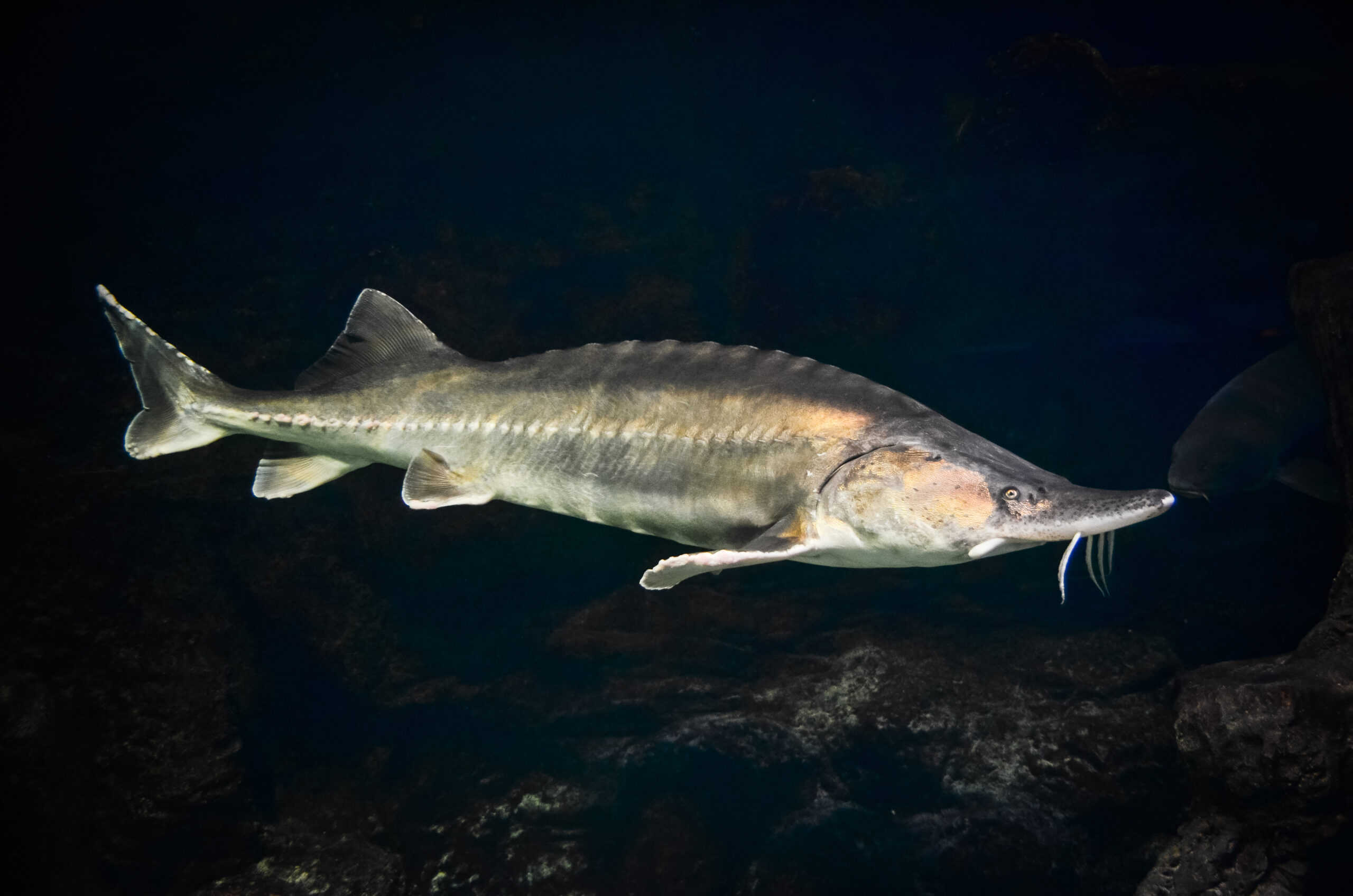
The Russian Sturgeon, valued for its caviar, has faced severe declines due to overfishing and habitat destruction. Found in the rivers and seas of Eurasia, it is now critically endangered. Conservation efforts in protected waters are showing promising results. Habitat restoration and breeding programs are key to its recovery. Population increases are being noted in the Volga and Danube rivers.
Mekong Giant Catfish
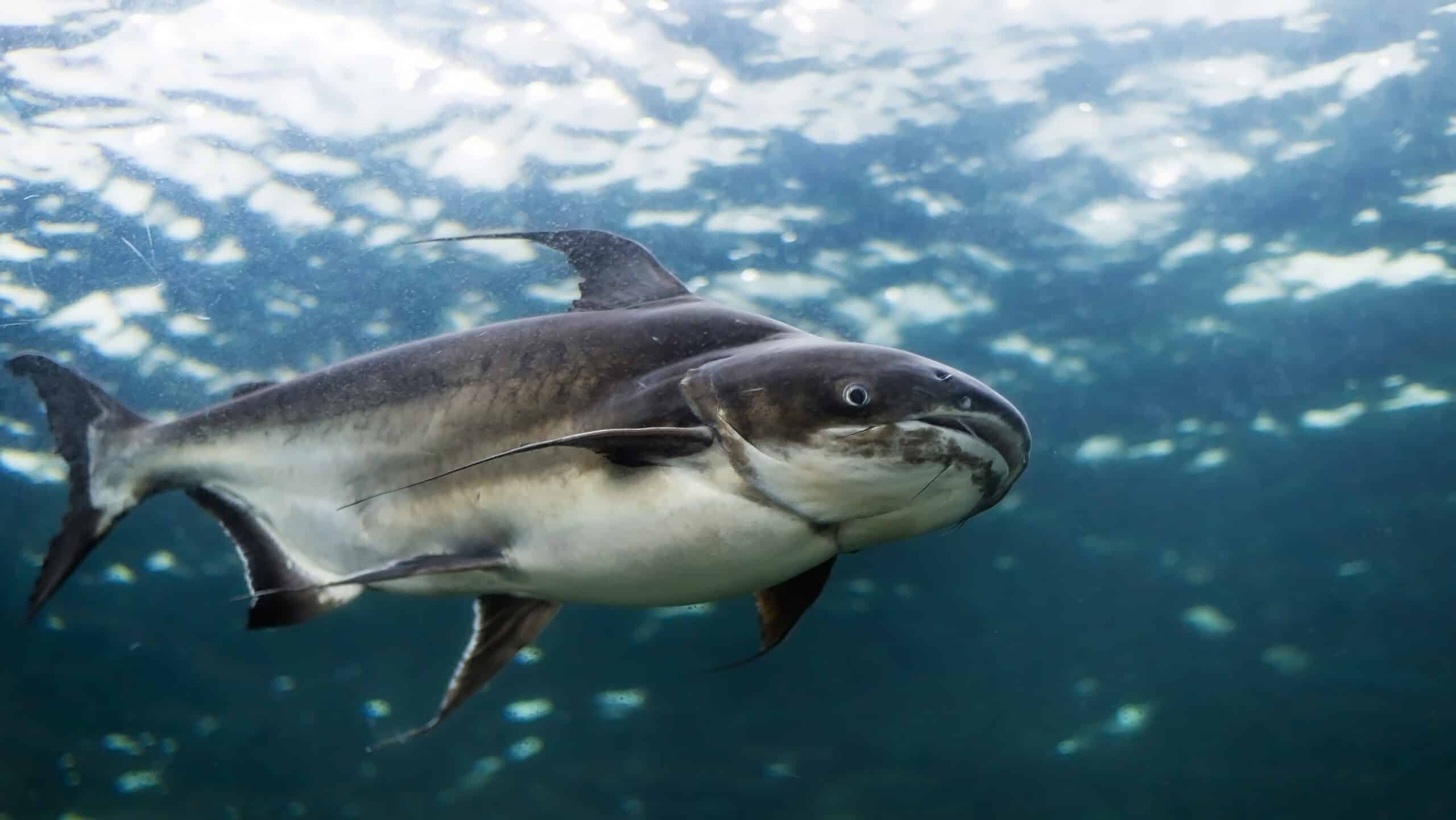
The Mekong Giant Catfish, one of the world’s largest freshwater fish, is critically endangered. Found in the Mekong River, it faces threats from habitat loss and overfishing. Conservation programs in protected waters are showing positive signs. Efforts include habitat restoration and fishing bans. Population increases are now being observed in some areas of the Mekong River.
Largetooth Sawfish
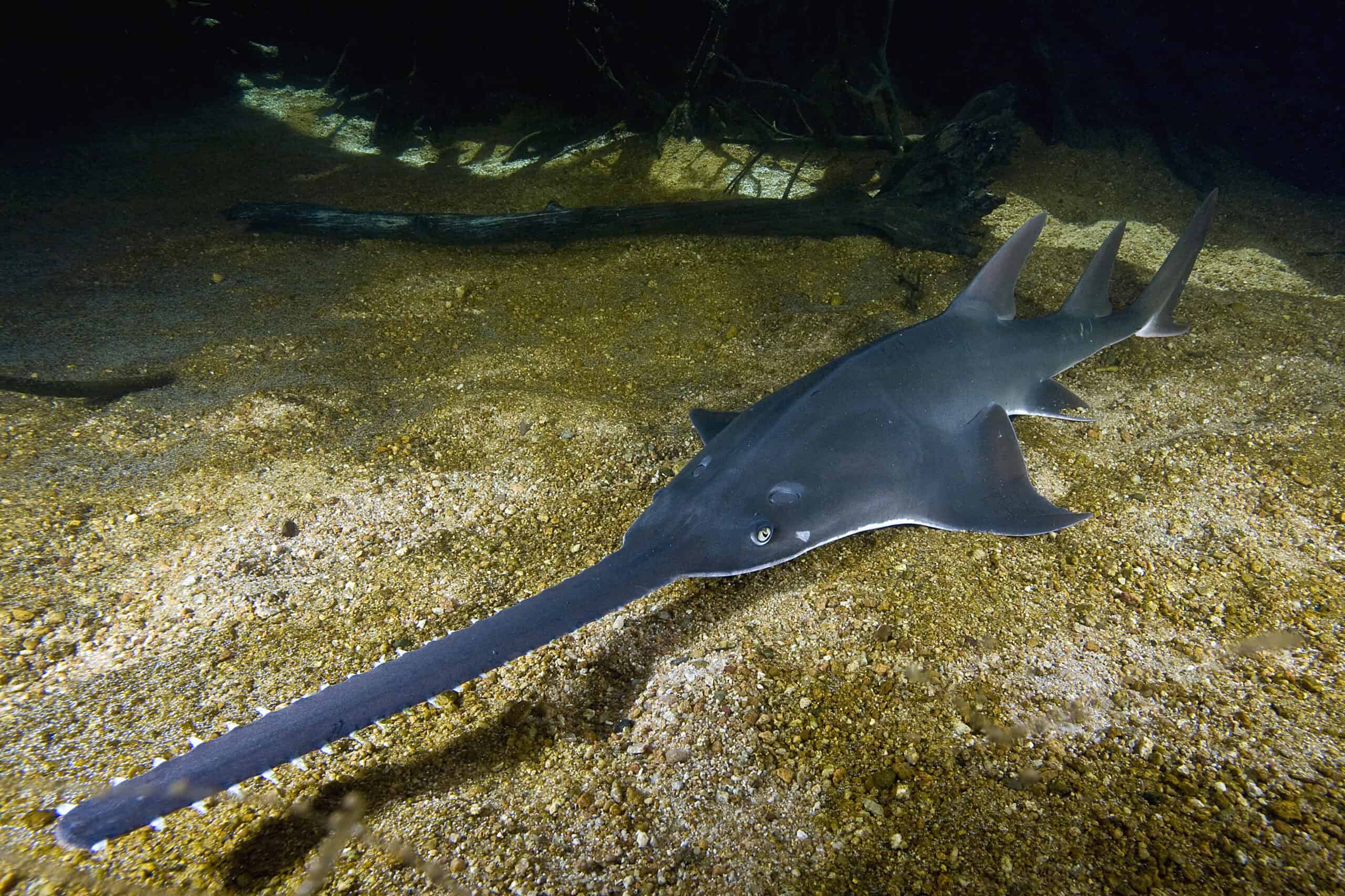
The Largetooth Sawfish, with its distinctive saw-like snout, is critically endangered. Habitat loss and bycatch have drastically reduced its numbers. Conservation efforts in protected waters are showing positive signs. Marine protected areas and fishing restrictions are key measures. Fishing regulations help minimize human impact on populations. Ongoing research supports these initiatives by monitoring recovery progress.
This article originally appeared on Rarest.org.
More from Rarest.org
13 Unique Hobbies You Probably Never Knew Existed
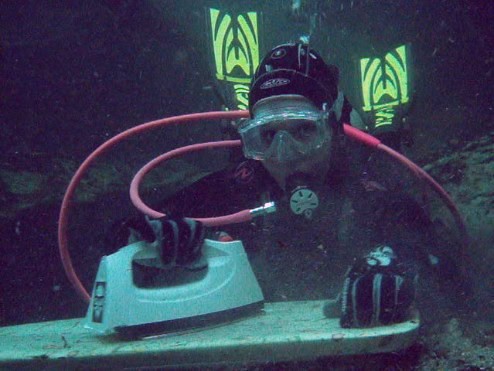
In a world where traditional hobbies like reading and gardening are common, there exist some truly unique and fascinating pastimes. Read More.
9 Most Coveted Pieces of Historical Armor and Weapons

Throughout history, certain pieces of armor and weapons have captivated the imagination of historians and collectors alike. Read More.
13 Unique Underwater Ecosystems You Can Explore

Exploring underwater ecosystems is a breathtaking adventure. Each destination offers a unique glimpse into the marine world. Read More.
